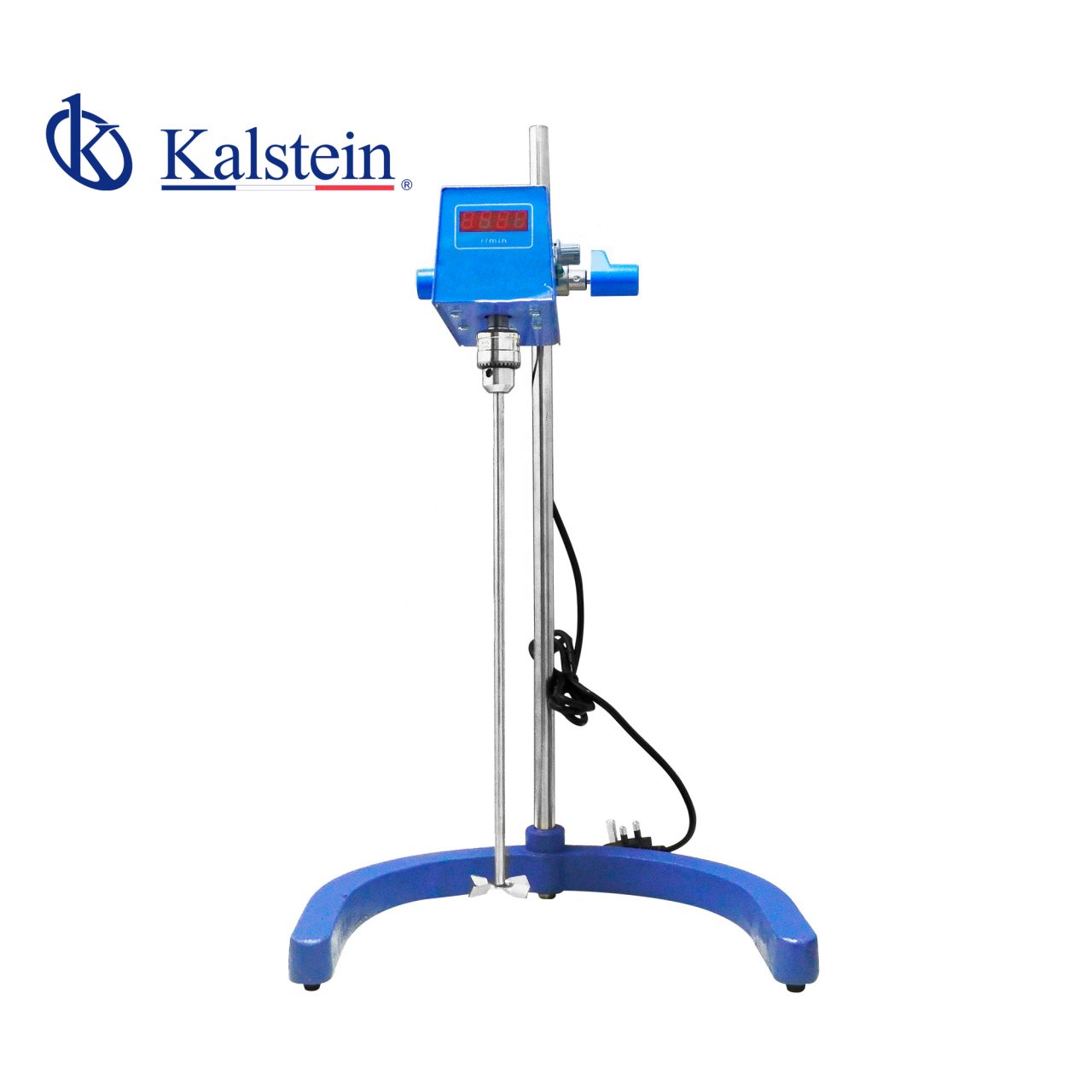Homogenization is a chemical process where several insoluble substances are constantly and intensively mixed in order to create soluble suspensions or double emulsions. The homogenization process will depend on the materials the user intends to mix and how they will use them.
A homogenizer is a laboratory instrument used to homogenize various samples. It is a simple device commonly used in laboratories to mix substances.
What is this equipment?
It consists of an electric motor with the drive shaft oriented vertically and connected to a cup-shaped rubber piece mounted slightly outside the center. The rubber part motor swings quickly in a circular motion. When a test tube or other suitable container is pressed into the rubber cup (or its edge is touched), movement is transmitted to the liquid inside and a vortex is created. Most vortex mixers have a variable speed configuration and can be configured to operate continuously, or to operate only when downward pressure is applied to the rubber part.
It is an ideal instrument to gently mix and achieve a forceful resuspension of the cells and chemical and biological liquid components in tubes by using an eccentric mechanism. They usually have two modes of operation:
- Continuous Operation.
- Pulse operation (activated when the cap is pressed with the bottom of the tube).
Vibration homogenizers are quite common in bioscience laboratories. In cell culture and microbiology laboratories that can be used to suspend cells. In a biochemical or analytical laboratory that can be used to mix the reagents of a test or to mix an experimental sample and a diluent.
When did they start to work?
The vortex mixer or homogenizer was invented by the Kraft brothers (Jack A. Kraft and Harold D. Kraft) while working for Scientific Industries (a laboratory equipment manufacturer). The patent was filed by the Kraft brothers on April 6, 1959 and was granted on October 30, 1962. The company continues to manufacture an original version of this vortex mixer.
What considerations should you consider?
Place the stirrer on a stable, level surface near a grounded outlet. The surface should be clean and dusty to ensure that the feet are firmly attached to the surface. Leave enough free space on all sides of the unit for proper ventilation. With the switch in the OFF position, connect the power cord to a grounded power outlet.
What precautions should you take when using or working near a homogenizer?
- Never operate the unit if the shaking head is not firmly locked.
- Always use unbreakable eye protection.
- Do not use or mix flammable solvents on or near the shaker.
- Shake hazardous samples in appropriate holding containers.
- Repairs must be performed by qualified personnel.
- Deterioration of protection may be caused if used in a manner not specified by the manufacturer.
At Kalstein we present you with the highest quality homogenizers that will allow you to obtain much more reliable results in your laboratory. That’s why we invite you to visit: HERE

